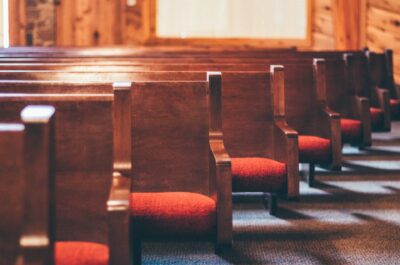
Congregations often experience conflict in response to social movements in the world around them. Since World War II, movements regarding civil rights, the war in Vietnam, the ordination of women, and human sexuality—each vitally important in its own right—also have raised challenges inside congregations, forcing leaders to address internal questions of power and culture.






